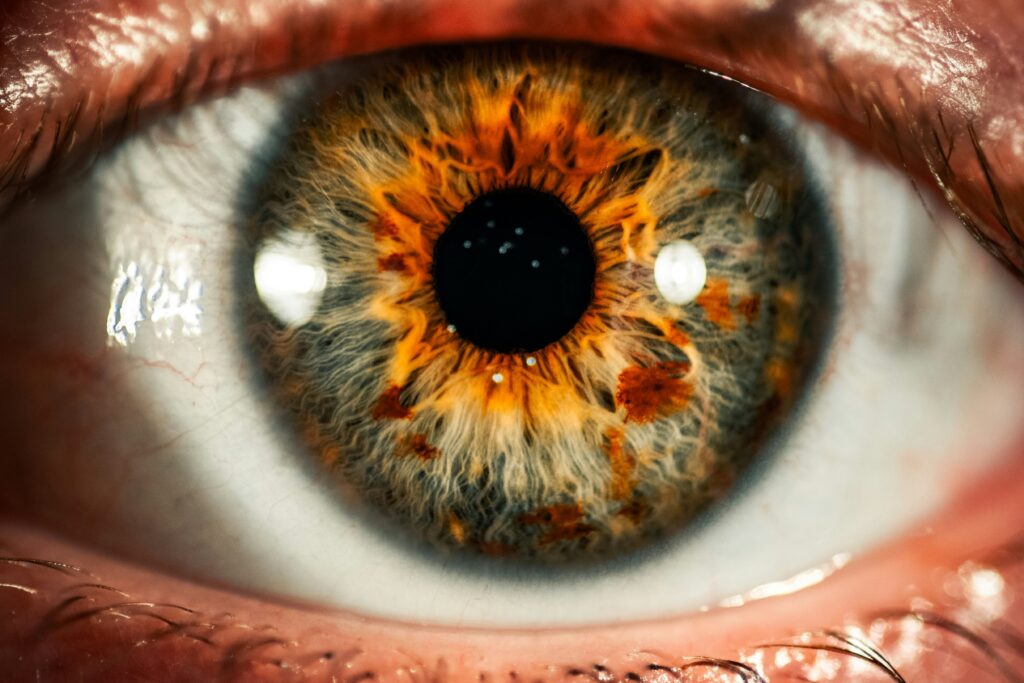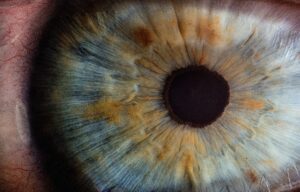Artificial intelligence (AI) is changing the way we live. It seems rare to find an industry where AI has not made at least a preliminary impact. In politics, AI-generated cartoons and robocalls have swayed votes; in healthcare, artificial intelligence shows potential in improving diagnostics or treatment predictions. A Healio video of Dr. Daniela Ferrara, MD, PhD, FASRS, talks about the latter: how artificial intelligence could be leveraged to predict how people with diabetic macular edema (DME) might respond to Vabysmo (faricimab) treatment. Vabysmo is an Ang-2 and VEGF inhibitor delivered intravitreally.
The video centered around data from dual Phase 3 studies. This data was presented at the 2024 Association for Research in Vision and Ophthalmology (ARVO) meeting in early May. Before she dives into the data, Dr. Ferrara shares that the AI technology used is being developed in-house at Genentech and Roche. By applying AI tools to datasets, Dr. Ferrara shares that the company can better understand diseases – as well as their impact on patients.
This technology was used, in the study, to identify how the drug might impact visual acuity. Visual acuity refers to how sharp, clear, and accurate your vision is at a certain distance. Diabetic macular edema makes the macula (a part in the eye) swell. This inhibits sharp vision; instead, people with DME usually experience blurred vision. In the video, Dr. Ferrara explains:
“What we found is that some of the models [that we trained using different modeling approaches] were actually capable of predicting visual acuity response at baseline.”
The models looked into baseline treatment predictions for one month, six months, and one year following treatment. Predictions were best, or most accurate, at the one- and six-month marks. Moving forward, Dr. Ferrara believes that AI could become a more significant part of the clinical sphere.
Understanding Diabetic Macular Edema (DME)
If you have diabetes, blood sugar management is important. Your blood sugar levels rising too high, or being poorly managed, can lead to the development of eye diseases like diabetic retinopathy. Diabetic retinopathy occurs when high blood sugar damages a part of your eye called the retina. Your retina bridges the gap between the light entering your eyes and how that information is transmitted to the brain. When the retina becomes damaged, vision suffers. People with diabetic retinopathy may not notice symptoms at first. But as they appear, symptoms can include difficulty reading, seeing things that are far away, dark streaks in your vision, or even vision loss.
But wait, I can hear you saying. I thought you were writing about diabetic macular edema, not diabetic retinopathy.
And that would be correct. Kind of. If you have diabetic retinopathy, you’re at an increased risk of developing diabetic macular edema. DME occurs when the damaged blood vessels and retina in the eyes become worse. Blood vessels leak, causing fluid accumulation in the eye. DME leads to symptoms such as straight lines appearing curvy or wavy, double or blurred vision, floaters, dark spots in your field of vision, and difficulty seeing colors (among others). Treatments like Vabysmo or other anti-VEGF treatments can halt damage and preserve some visual acuity.








